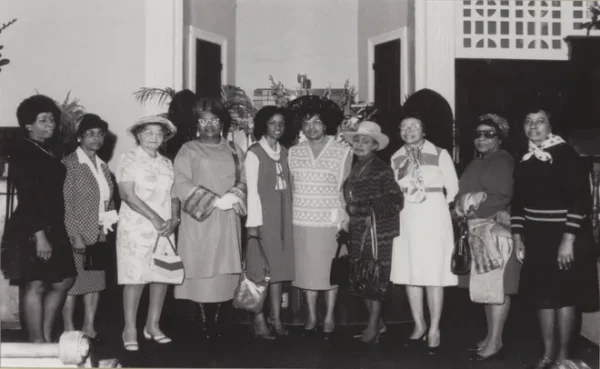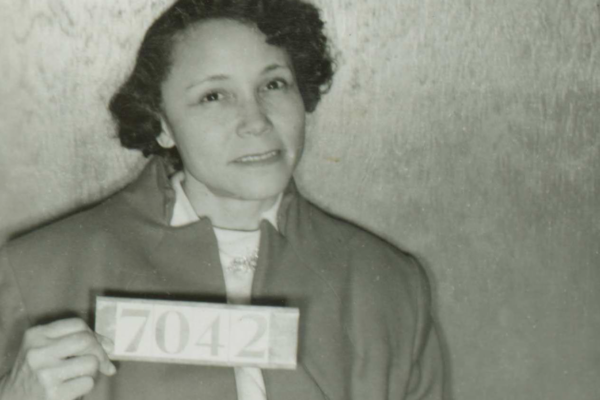
Hidden in Plain Sight: Black Female Leadership in the Montgomery Bus Boycott
This lesson brings forward the stories of Black women and girls whose activism and leadership were key to the success of the Montgomery Bus Boycott.

An educator and civil rights activist. Robinson grew up in Georgia and earned degrees from Fort Valley State College, Atlanta University, and Columbia University. After teaching in Texas, Robinson moved to Montgomery, Alabama, to accept a position teaching at Alabama State College (now Alabama State University). While in Montgomery, she became involved in the Women’s Political Council and became the president in 1950. Prior to becoming president of the WPC, Robinson was verbally assaulted by a white bus driver for refusing to give up her seat. Fearing for her safety, Robinson left the bus but vowed to initiate a boycott to challenge Montgomery’s segregation of public transportation statues.
Mary Fair Burks convinced Robinson not to begin the boycott; however, Robinson kept planning and, in 1955 after the arrest of Rosa Parks, readily organized the WPC leaders and Montgomery community to support the 1-day boycott held on December 5, 1955. Robinson is remembered for having printed and distributed 35,000 fliers advertising the boycott and for continuing to support the Montgomery Bus Boycott and other civil rights efforts until her forced retirement from Alabama State College in 1960.
Featured in

This lesson brings forward the stories of Black women and girls whose activism and leadership were key to the success of the Montgomery Bus Boycott.